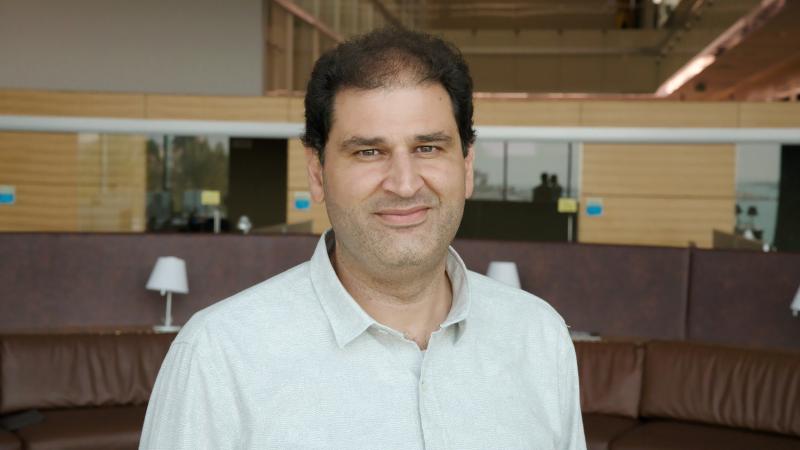Abstract
In this seminar, I will go over our journey in the underwater networks research work. Basically, I will highlight our recent work on bringing the Internet to underwater environments by deploying a low power and compact underwater optical wireless system, called Aqua-Fi, that support today’s Internet applications. Aqua-Fi uses a light-emitting diode (LED) or Laser to support bidirectional wide-range communication services with different requirements, low cost, and simple implementation. LEDs introduce robust short distances solutions with low power requirements. Aqua-Fi also uses Lasers to extend the communication distance at the cost of higher power requirements. Throughout this work, we discuss the proposed Aqua-Fi system architecture, limitations, and solutions to improve data rates and deliver reliable communication links.
Brief Biography
Basem Shihada is an associate & founding professor in the Computer, Electrical and Mathematical Sciences & Engineering (CEMSE) Division at King Abdullah University of Science and Technology (KAUST). He obtained his PhD in Computer Science from University of Waterloo. In 2009, he was appointed as visiting faculty in the Department of Computer Science, Stanford University. In 2012, he was elevated to the rank of Senior Member of IEEE. His current research covers a range of topics in energy and resource allocation in wired and wireless networks, software defined networking, cloud/fog computing, internet of things, data networks, and underwater networks.

